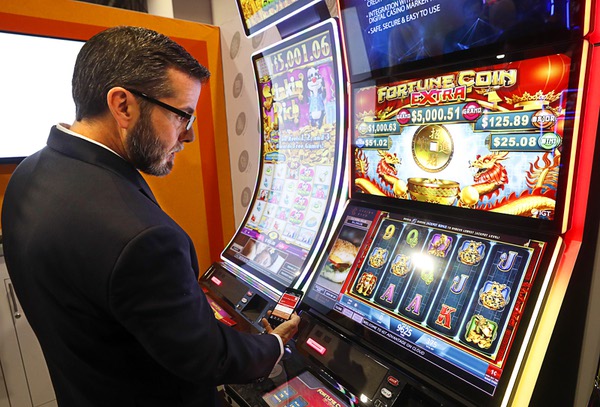もくじ
Crossy Road: The Mobile Gaming Phenomenon
Crossy Road is one of the most popular mobile games on the market today. Developed by Hipster Whale, this game has taken the world by storm with its simple yet addictive gameplay. Players take on the role of a pedestrian trying to cross busy roads, avoiding obstacles and traffic while collecting coins. But Crossy Road’s simplicity belies a deep complexity that makes it much more than just a casual mobile crossy-road.top game.
In this article, we’ll explore how Crossy Road has evolved over time, incorporating new features and mechanics that have kept players engaged for hours on end. We’ll also examine the role of nostalgia in its enduring popularity and discuss what lessons can be learned from its success when applied to other areas of gaming, such as casino games.
The Birth of a Phenomenon
Crossy Road was first released in 2014 by Hipster Whale’s co-founder Andrew Monness. Initially conceived as a simple mobile game, Crossy Road quickly gained traction due to its intuitive controls and minimalist design. The game’s early success can be attributed to its ability to capture the essence of classic games like Pac-Man and Frogger, which were popular in arcades during the 80s.
The game’s simplicity was both its strength and weakness. On one hand, it made the game accessible to players who were new to mobile gaming. On the other hand, the lack of depth and complexity may have limited its appeal to more experienced gamers. However, Crossy Road’s developers were aware of this limitation and set out to address it.
The Addition of Characters and Power-Ups
One of the key features that helped Crossy Road stand out from other mobile games was its vast array of playable characters. These characters ranged from iconic animals like cats and dogs to more obscure options like a chicken or a tiger. Each character had unique abilities, such as increased speed or agility, which added an extra layer of strategy to the game.
Another innovation introduced by Crossy Road’s developers was the use of power-ups. These items could be collected throughout each level, granting players temporary boosts in health, speed, or coin collection. Power-ups also provided a sense of unpredictability and excitement, as players never knew what they would receive next.
The addition of characters and power-ups not only expanded the game’s replay value but also allowed for more creative freedom. Players could experiment with different character combinations and power-up strategies to find the one that suited their playstyle best.
Nostalgia: The Secret Ingredient
One of the most significant factors contributing to Crossy Road’s success is nostalgia. The game’s pixelated graphics, reminiscent of classic arcade games, evoke a sense of familiarity in players who grew up with these titles. This nostalgic appeal has helped Crossy Road transcend generations and become a staple in many households.
Nostalgia also plays a crucial role in the game’s longevity. Players are willing to revisit the same levels and characters over and over again because they bring back fond memories. The developers have cleverly tapped into this nostalgia, incorporating Easter eggs and references to classic games throughout Crossy Road.
Applying Lessons Learned to Casino Games
Crossy Road’s success offers valuable insights for casino game designers looking to revamp their titles. One key takeaway is the importance of simplicity and accessibility. Many casino games are cluttered with features and options, which can be overwhelming for new players. By stripping away unnecessary complexity, developers can create a more intuitive experience that draws in a wider audience.
Another lesson learned from Crossy Road is the power of nostalgia. Casino game designers could explore incorporating retro elements or paying homage to classic games to create a sense of familiarity among players.























